Home>diy>Building & Construction>How Are Construction Cranes Assembled
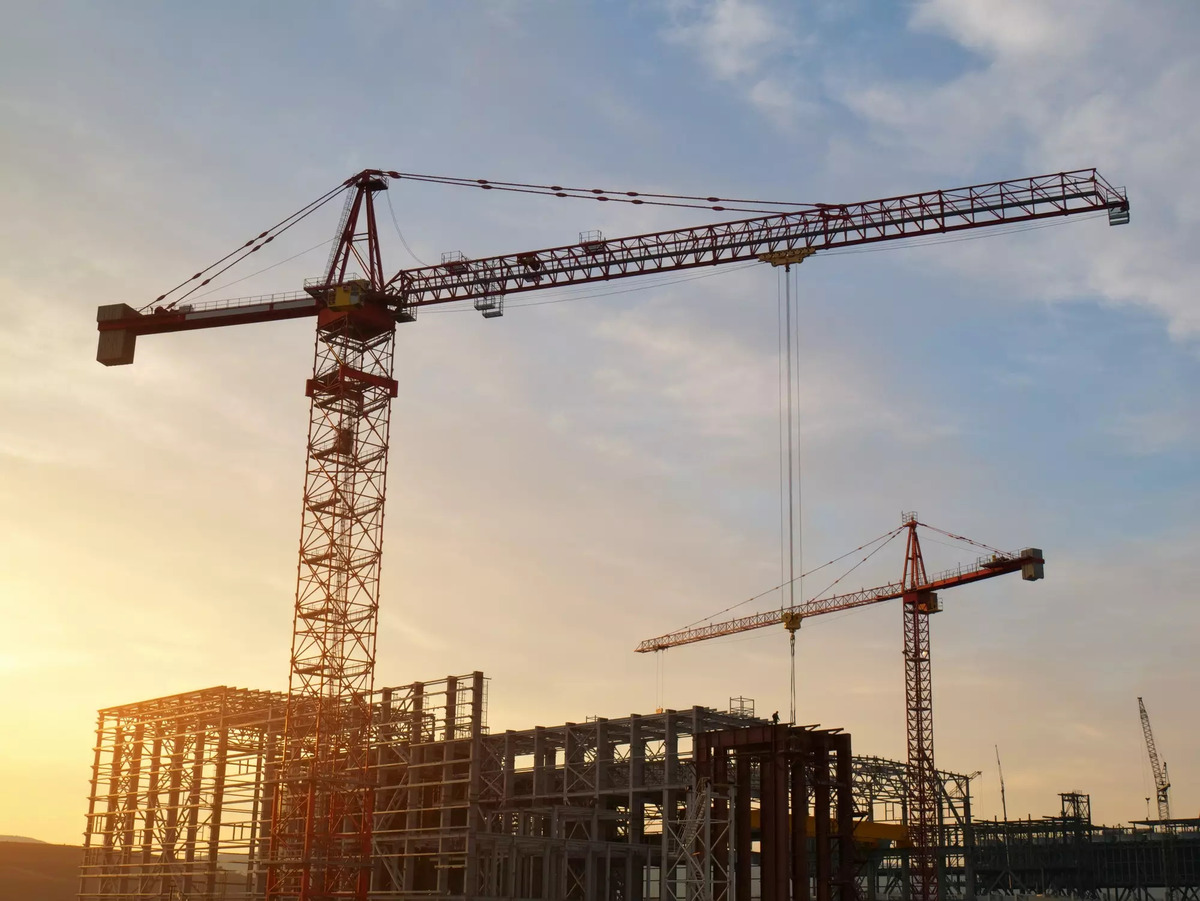

Building & Construction
How Are Construction Cranes Assembled
Modified: March 6, 2024
Learn about the assembly process of construction cranes in the building construction industry. Discover how these essential machines are put together and play a vital role in erecting structures.
(Many of the links in this article redirect to a specific reviewed product. Your purchase of these products through affiliate links helps to generate commission for Storables.com, at no extra cost. Learn more)
Introduction
Welcome to the exciting world of construction cranes! These towering structures have become an iconic symbol of modern construction sites, effortlessly lifting heavy materials and equipment high into the sky. But have you ever wondered how these incredible machines are assembled?
In this article, we will take a closer look at the process of constructing cranes, from their rich historical background to the step-by-step assembly procedures. Whether you’re a construction enthusiast or simply fascinated by the marvels of engineering, this article will provide you with a comprehensive understanding of how construction cranes are put together.
So, let’s dive into the world of construction cranes and discover the intricate process behind their assembly.
Key Takeaways:
- Construction cranes have a rich history dating back thousands of years, evolving from simple wooden structures to powerful and technologically advanced machines that shape our modern cities.
- Assembling a construction crane involves careful planning, coordination, and adherence to safety protocols, with challenges such as space limitations and adverse weather conditions requiring proactive solutions.
Read more: How Construction Cranes Are Assembled
Brief History of Construction Cranes
The history of construction cranes dates back thousands of years, with evidence of their use stretching as far back as ancient Egypt and Greece. In these early civilizations, cranes were primarily constructed using wooden beams and ropes, enabling the movement of heavy materials and stones for building grand structures like the Egyptian pyramids.
Over time, as civilizations advanced, so did crane technology. The Middle Ages saw the development of larger and more sophisticated cranes, such as the treadwheel crane and the tower crane. These cranes played a vital role in the construction of majestic cathedrals and castles throughout Europe.
However, it was during the industrial revolution in the 19th century that construction cranes underwent significant advancements. With the rise of steel production and the invention of the steam engine, cranes became more powerful and versatile. The introduction of the mobile crane allowed for easier transportation and deployment to various construction sites.
In the 20th century, the invention of the internal combustion engine, hydraulics, and electrical systems further revolutionized crane technology. These advancements led to the development of modern hydraulic cranes, tower cranes, and mobile cranes.
Today, construction cranes have become an indispensable tool in the construction industry, enabling the erection of towering skyscrapers, bridges, and infrastructure projects. They have evolved from simple machines to complex pieces of engineering marvels, capable of lifting heavy loads with precision and efficiency.
The history of construction cranes is a testament to human ingenuity and our never-ending pursuit of innovation. As technology continues to advance, we can only expect further improvements and advancements in crane design and functionality.
Types of Construction Cranes
Construction cranes come in various shapes and sizes, each designed to fulfill specific tasks and accommodate different construction needs. Here are some of the most common types of construction cranes:
- Tower Cranes: Tower cranes are the giants of the construction world, commonly seen on high-rise building projects. These cranes are fixed to the ground or mounted on a building’s structure, providing exceptional height and lifting capacity. Tower cranes are capable of reaching hundreds of feet into the air and can lift heavy materials to great heights.
- Mobile Cranes: As the name suggests, mobile cranes are designed for mobility and flexibility. These cranes have wheels or tracks, allowing them to be easily transported to different construction sites. Mobile cranes are versatile and can be used for a wide range of lifting operations. They come in different variations, including rough terrain cranes, all-terrain cranes, and truck-mounted cranes.
- Crawler Cranes: Crawler cranes are similar to mobile cranes but operate on a set of tracks instead of wheels. These cranes provide excellent stability and can traverse rough terrain or delicate surfaces with ease. Crawler cranes are commonly used in heavy lifting projects, such as bridge construction and infrastructure development.
- Telescopic Cranes: Telescopic cranes, also known as boom cranes or hydraulic cranes, feature a telescopic boom that can extend or retract to reach different heights. These cranes are highly versatile and are often used for tasks that require precise and controlled lifting operations. Telescopic cranes are commonly found in construction settings, as well as in industries such as mining and shipping.
- Rough Terrain Cranes: Rough terrain cranes are specifically designed to navigate challenging off-road conditions. Equipped with robust tires and powerful engines, these cranes can operate in rough and uneven terrains, such as construction sites with muddy or sandy surfaces. Rough terrain cranes are ideal for projects in remote locations or areas with limited accessibility.
These are just a few examples of the different types of construction cranes available. Each type offers unique capabilities and advantages, allowing construction professionals to select the most suitable crane for their specific project requirements.
It’s important to note that safety considerations, load capacity, and environmental factors should be carefully evaluated when choosing the appropriate crane type for any construction project. Consulting with crane experts or engineers can help ensure the right crane is selected for optimal performance and safety.
Components of a Construction Crane
A construction crane consists of various components that work together to enable its lifting and maneuvering capabilities. Understanding these components is essential to comprehend the intricate functioning of a crane. Here are some key components of a construction crane:
- Mast: The mast, also known as the tower or mainframe, is the vertical structure of a crane. It provides stability and support to the crane’s lifting arm.
- Jib: The jib is the horizontal arm of the crane that extends from the mast. It can be fixed or luffing, allowing for vertical movement to reach different heights.
- Boom: The boom is the extension of the jib and serves as the primary lifting mechanism. It can be telescopic or lattice-shaped, depending on the type of crane.
- Hoist: The hoist is the mechanism responsible for lifting and lowering loads. It consists of a motorized drum or winch, a rope or wire cable, and a hook or other lifting attachment.
- Counterweights: Counterweights are used to balance the crane and prevent it from tipping over when lifting heavy loads. These weights are strategically placed on the opposite side of the load to maintain balance and stability.
- Outriggers: Outriggers are deployed to provide additional stability to the crane during lifting operations. These extendable legs are equipped with hydraulic or mechanical mechanisms to support and balance the crane on uneven terrain.
- Control System: The control system comprises the operator’s cabin, control panels, and various electronic and hydraulic controls. It allows the operator to maneuver the crane, control lifting operations, and ensure safety during operation.
- Power Source: Construction cranes can be powered by various sources, including diesel engines, electricity, or a combination of both. The power source provides energy to drive the crane’s operations and hydraulic systems.
- Safety Features: Modern construction cranes are equipped with several safety features, such as load moment indicators, anemometers to measure wind speed, anti-collision systems, and emergency stop controls. These features help reduce the risk of accidents and ensure safe crane operation.
These are some of the key components that make up a construction crane. Each component plays a vital role in the crane’s performance and contributes to its ability to lift heavy loads, reach great heights, and operate safely in various construction environments.
Understanding these components is crucial for crane operators and construction professionals, as it helps ensure proper maintenance, efficient operation, and adherence to safety protocols during crane use.
Preparing the Construction Site for Crane Assembly
Before a construction crane can be assembled, proper preparation of the site is essential to ensure a safe and efficient process. Here are some key steps involved in preparing the construction site for crane assembly:
- Site Assessment: Conduct a thorough assessment of the construction site to identify any potential hazards or obstacles. This includes evaluating the ground conditions, overhead obstructions, underground utilities, and nearby structures.
- Clearing the Area: Clear the designated area where the crane will be assembled from any debris, vegetation, or other obstructions. This provides a clean and level surface for crane operation.
- Access and Route Planning: Identify the best access points for the crane to enter the site and plan the route for transporting the crane components. Ensure that the access roads and paths are wide enough and can support the weight of the crane and its components.
- Foundation Preparation: If a tower crane or other large cranes are being assembled, a foundation may need to be prepared. This involves excavating and pouring concrete to create a stable and secure base for the crane’s mast and towers.
- Evaluating Load Capacities: Determine the load capacity of the ground to ensure it can support the weight of the crane and the loads it will lift. This may involve conducting soil testing or consulting soil engineers to ensure the stability and safety of the crane assembly.
- Coordinating with Utility Providers: Identify and coordinate with utility providers to ensure that power lines or other overhead utilities are de-energized or relocated appropriately before crane assembly. This helps prevent any potential contact accidents during the assembly process.
- Obtaining Permits: Ensure that all necessary permits and approvals are obtained from local authorities before beginning the crane assembly. This may include permits for road closures, temporary structures, or any special requirements specific to the site.
- Establishing Safety Measures: Implement proper safety measures, including signage, barriers, and designated work zones, to ensure the safety of workers and the public during crane assembly. Provide training and briefings to the assembly crew to ensure they are aware of the safety protocols.
By following these steps, the construction site can be adequately prepared for crane assembly. Proper planning and preparation not only streamline the assembly process but also help mitigate risks and ensure a safe and successful crane operation.
When assembling a construction crane, make sure to carefully follow the manufacturer’s instructions and use the proper tools and equipment. It’s important to have a trained and experienced crew to ensure the assembly is done safely and correctly.
Read more: What Is A Crane In Construction
Steps to Assemble a Construction Crane
Assembling a construction crane involves several steps that require careful coordination and expertise. Each step is crucial to ensure the safe and efficient assembly of the crane. Here are the general steps involved in assembling a construction crane:
- Foundation Construction: If required, prepare and construct the foundation for the crane. This involves excavating and pouring concrete to create a stable base for the crane’s mast or tower.
- Assembly of the Mast: Begin by erecting the mast or tower of the crane. This is usually done using a smaller auxiliary crane or a hydraulic jacking system. The mast is lifted into position and secured to the foundation or base structure.
- Installation of the Slewing Unit: The slewing unit, which allows the crane to rotate horizontally, is then installed on top of the mast. It consists of a motor, a gear system, and the slewing ring. The slewing unit is carefully aligned and secured to ensure smooth and controlled rotation of the crane.
- Attachment of the Jib: Attach the jib, or horizontal arm, to the top of the slewing unit. This can be a fixed jib or a luffing jib, depending on the crane type. The jib is typically attached using pins or bolts and secured with safety mechanisms to prevent accidental detachment during operation.
- Installation of the Counterweights: Install the counterweights to provide balance and stability to the crane. The counterweights are carefully positioned and attached to the crane, ensuring that they are securely fastened to prevent any movement or shifting during operation.
- Mounting the Crane Cab: Mount the operator’s cabin onto the crane. The cabin is usually lifted into place using an auxiliary crane. It is secured to the crane’s structure and equipped with controls, instrumentation, and safety features to ensure the operator’s comfort and efficiency.
- Connection of Power and Control Systems: Connect the power and control systems for the crane. This includes connecting hydraulic hoses, electrical cables, and control panels. Thorough testing is conducted to ensure that all systems are properly functioning before operation.
- Testing and Commissioning: Conduct a series of tests to ensure that the assembled crane is functioning correctly. This includes checking the lifting capabilities, rotation, and safety features of the crane. Any issues or malfunctions are addressed and resolved before the crane is commissioned for use.
It is important to note that the specific steps and processes may vary depending on the type and model of the crane being assembled. Additionally, extensive knowledge of crane operation and adherence to safety guidelines are crucial throughout the assembly process.
By following these steps and ensuring proper coordination, an assembled crane is ready to commence its vital role in the construction site, lifting heavy loads and contributing to the progress of the project.
Safety Measures During Crane Assembly
The assembly of a construction crane is a critical process that requires strict adherence to safety protocols. Ensuring the safety of the assembly crew, as well as the surrounding environment, is paramount. Here are some important safety measures to consider during crane assembly:
- Qualified Personnel: Only trained and qualified personnel should be involved in the crane assembly process. This includes experienced crane operators, riggers, and other certified workers who have received proper training in crane assembly and safety procedures.
- Personal Protective Equipment (PPE): All assembly crew members must wear appropriate personal protective equipment, such as hard hats, safety glasses, high-visibility vests, gloves, and steel-toed boots. This helps protect against potential hazards and minimizes the risk of injuries.
- Safe Lifting Practices: Follow safe lifting practices when assembling crane components. Ensure that loads are properly secured, and lifting equipment, such as slings or lifting straps, are inspected for integrity before use. Use taglines to guide loads and ensure that they are lifted smoothly and without sudden movements.
- Proper Communication: Maintain clear and effective communication among the assembly crew. Use hand signals, radios, or other communication devices to ensure that everyone is aware of their roles and tasks. Establish a communication protocol to relay important instructions or safety alerts during the assembly process.
- Fall Protection: Implement fall protection measures for workers who are working at heights during the assembly process. This includes the use of harnesses, fall arrest systems, and guardrails. Ensure that proper anchorage points are available and regularly inspected for stability.
- Stability and Ground Conditions: Ensure that the crane’s foundation or base is stable and capable of supporting the weight of the crane and its components. Conduct regular inspections of the ground conditions and take necessary precautions to avoid uneven or soft surfaces that may compromise the stability of the crane.
- Wind and Weather Conditions: Monitor weather conditions, particularly wind speeds, during crane assembly. High winds can significantly affect the stability and operation of the crane. Establish wind speed thresholds and follow manufacturer guidelines to determine when it is unsafe to continue assembly activities.
- Clear Work Zones: Establish clear work zones around the crane assembly area. Restrict access to unauthorized personnel and ensure that workers are aware of the designated boundaries. Signage and barriers should be used to clearly mark the area and prevent accidental intrusion.
- Regular Inspections: Conduct regular inspections of the crane and its components throughout the assembly process. This includes checking for any signs of damage, wear, or malfunction. Any issues should be addressed promptly to ensure the safe and reliable operation of the crane.
- Emergency Response Plan: Have an emergency response plan in place in case of accidents or unforeseen events during crane assembly. This plan should outline evacuation procedures, contact information for emergency services, and the location of first aid supplies and fire extinguishers.
By strictly adhering to these safety measures, the risk of accidents and injuries during crane assembly can be significantly reduced. It is crucial to prioritize safety at all times and ensure that all workers are well-trained and aware of their responsibilities to maintain a safe working environment.
Common Challenges During Crane Assembly
Assembling a construction crane can be a complex and challenging process. Various factors and circumstances can present obstacles that need to be overcome for a successful assembly. Here are some common challenges that can arise during crane assembly:
- Space Limitations: Limited space on a construction site can pose challenges during crane assembly. It may be necessary to carefully plan the assembly sequence and coordinate with other activities taking place on-site to ensure that the crane can be assembled without obstructing or interfering with other construction operations.
- Weight and Size of Components: Crane components, such as the mast, jib, and counterweights, can be large and heavy. Maneuvering and positioning these components during assembly can be challenging, particularly in tight areas or when operating in confined spaces.
- Adverse Weather Conditions: Inclement weather, such as high winds, rain, or snow, can hamper crane assembly efforts. Certain weather conditions may require a pause in the assembly process until conditions improve to ensure the safety of workers and the stability of the crane.
- Ground Stability: Poor ground conditions, such as uneven or soft terrain, can impact the stability of the crane during assembly. Additional measures, such as strengthening the foundation or using support pads, may be needed to ensure that the crane is adequately supported.
- Complex Rigging Requirements: Assembling a crane often involves intricate rigging procedures to lift and position components. Rigging challenges can arise due to the size, weight, or shape of components, as well as restrictions imposed by site conditions or nearby structures.
- Coordination and Communication: Effective coordination and communication among the assembly crew are essential to overcome challenges. Miscommunication or lack of coordination can lead to errors or delays during the assembly process, impacting productivity and safety.
- Equipment Limitations: The availability and capability of lifting equipment, such as auxiliary cranes or hydraulic jacking systems, can impact the assembly process. In some cases, specialized equipment or additional resources may be required to accommodate specific assembly challenges.
- Access Issues: Limited access to the construction site or restricted entry points can complicate crane assembly. Careful planning and coordination with site management or nearby stakeholders may be necessary to ensure the smooth transportation and entry of crane components.
- Time Constraints: Construction projects often operate on tight schedules. The assembly of a crane needs to be completed promptly to avoid delays in other construction activities. Efficient planning and effective management of resources and personnel are crucial to meet project timelines.
- Safety Compliance: Ensuring compliance with safety regulations and best practices during crane assembly can be challenging. It requires strict adherence to safety protocols, proper training and certification of assembly crew members, and ongoing monitoring and enforcement of safety measures.
By anticipating and proactively addressing these common challenges, construction professionals can navigate the crane assembly process more effectively, ensuring the safe and efficient completion of the project.
Conclusion
Assembling a construction crane is a fascinating and intricate process that requires careful planning, coordination, and adherence to safety protocols. From the rich history of construction cranes to the step-by-step assembly procedures, we have explored the world of these towering machines.
Throughout history, construction cranes have evolved from simple wooden structures to powerful and technologically advanced machines. They have played a vital role in shaping our modern cities and enabling the construction of remarkable structures that define our skylines.
Understanding the various types of construction cranes, such as tower cranes, mobile cranes, and crawler cranes, helps professionals select the most suitable crane for their specific project needs. Familiarity with the key components of a construction crane, including the mast, jib, hoist, and control systems, enhances our appreciation of the engineering marvel that goes into creating these towering structures.
Preparing the construction site for crane assembly is a crucial step that ensures the safety and efficiency of the process. Factors such as ground stability, access, utility coordination, and clearance of potential hazards must be carefully considered.
Following the steps to assemble a construction crane, including the foundation construction, mast erection, attachment of the jib, and installation of the control systems, allows for a smooth and successful assembly process. Implementing safety measures, such as qualified personnel, personal protective equipment, and clear communication, is essential to protect the assembly crew and maintain a safe working environment.
While challenges may arise during crane assembly, such as space limitations, adverse weather conditions, and complex rigging requirements, proper planning and effective coordination can help overcome these obstacles and ensure successful assembly.
In conclusion, the assembly of a construction crane is a remarkable feat of engineering, combining technological advancements, expertise, and safety precautions. By understanding the history, types, components, and processes involved in crane assembly, we gain a deeper appreciation for these impressive machines and the important role they play in the construction industry.
As technology continues to advance, we can expect further innovations in crane design, resulting in safer and more efficient construction operations. The construction crane will continue to be an incredible tool, enabling us to build the structures that shape our world.
Frequently Asked Questions about How Are Construction Cranes Assembled
Was this page helpful?
At Storables.com, we guarantee accurate and reliable information. Our content, validated by Expert Board Contributors, is crafted following stringent Editorial Policies. We're committed to providing you with well-researched, expert-backed insights for all your informational needs.
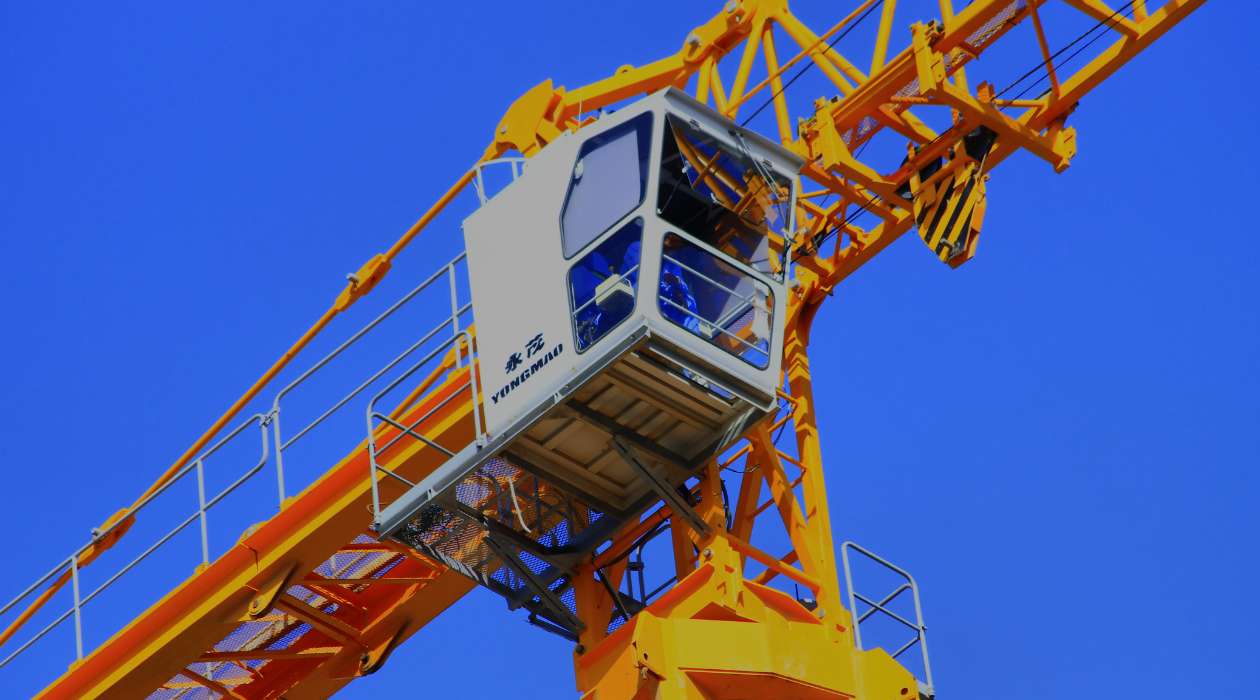
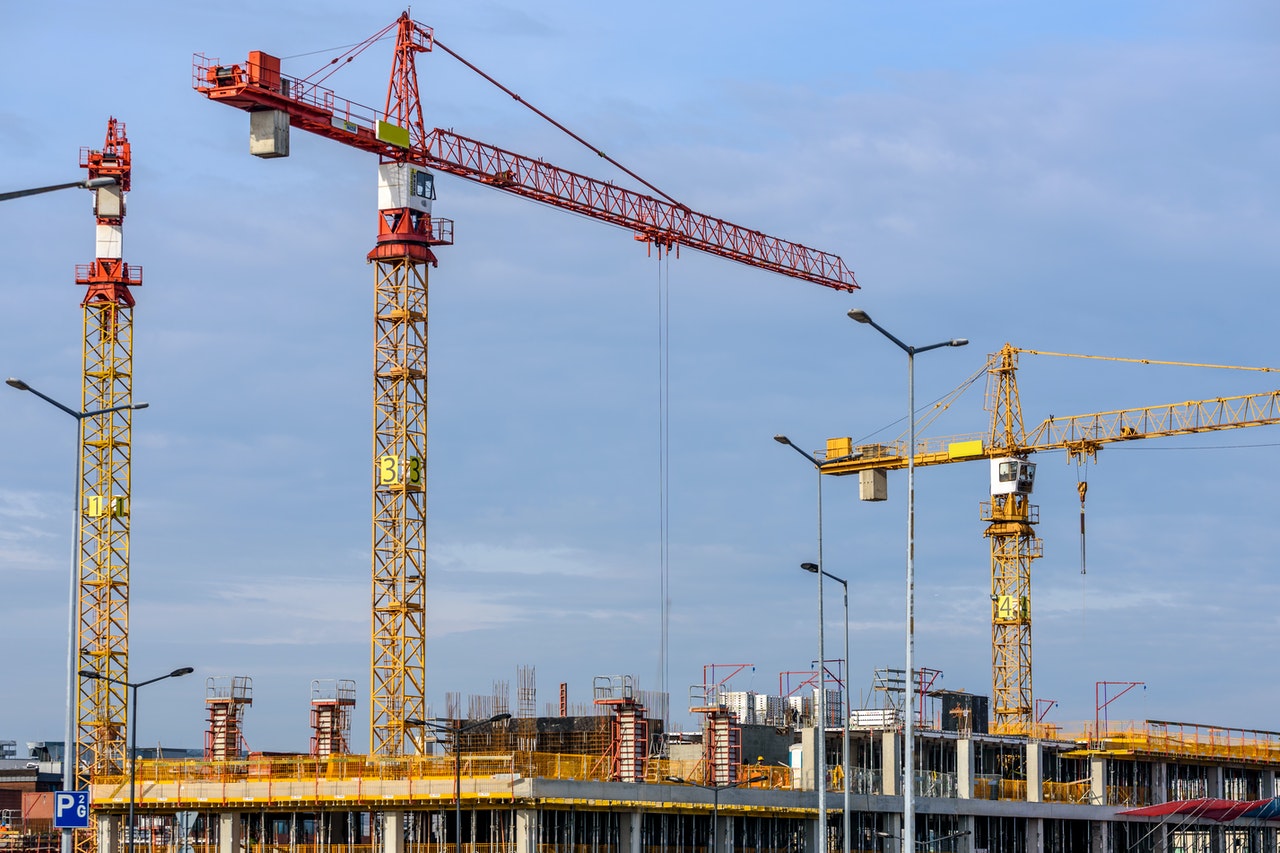
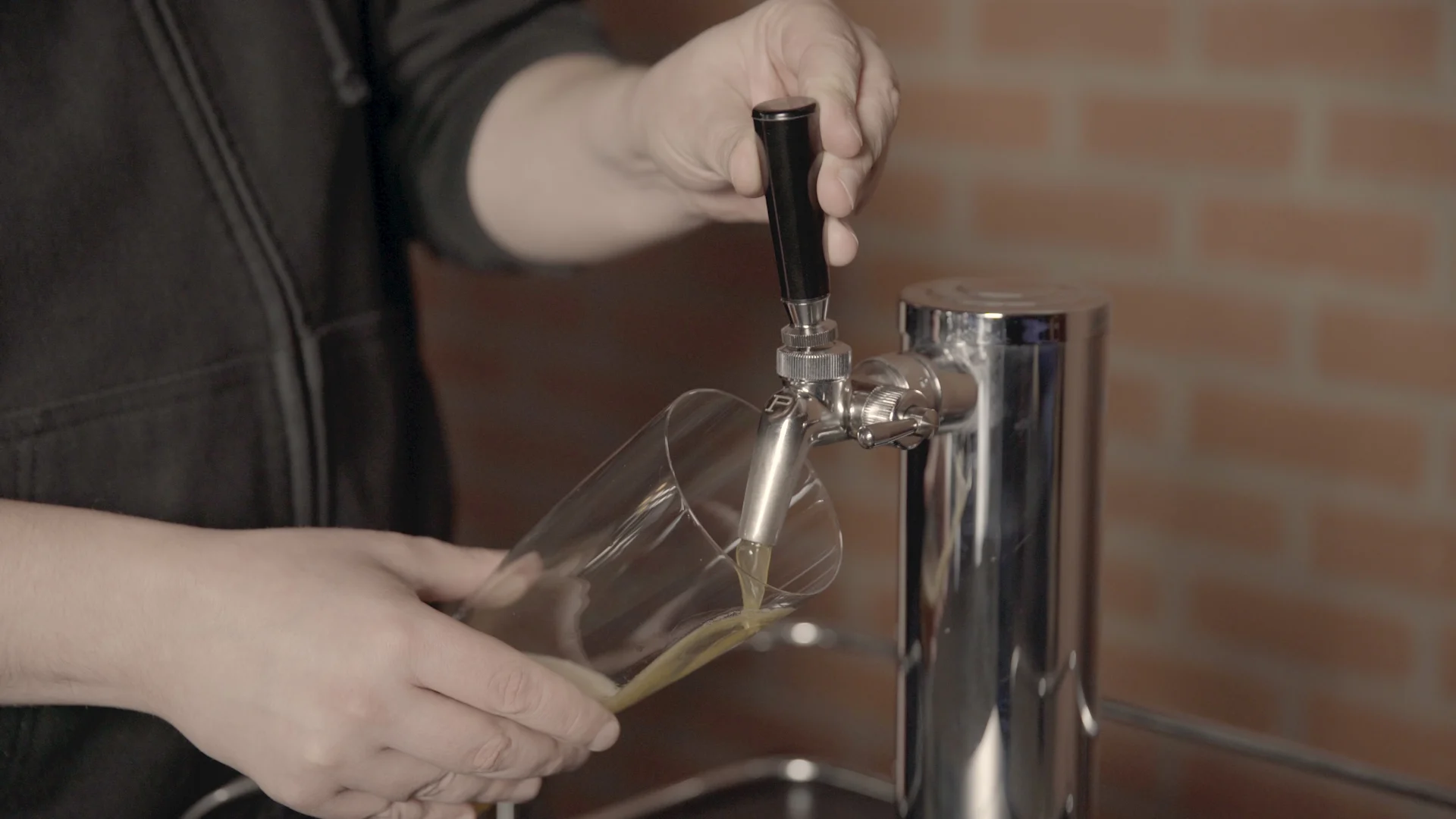
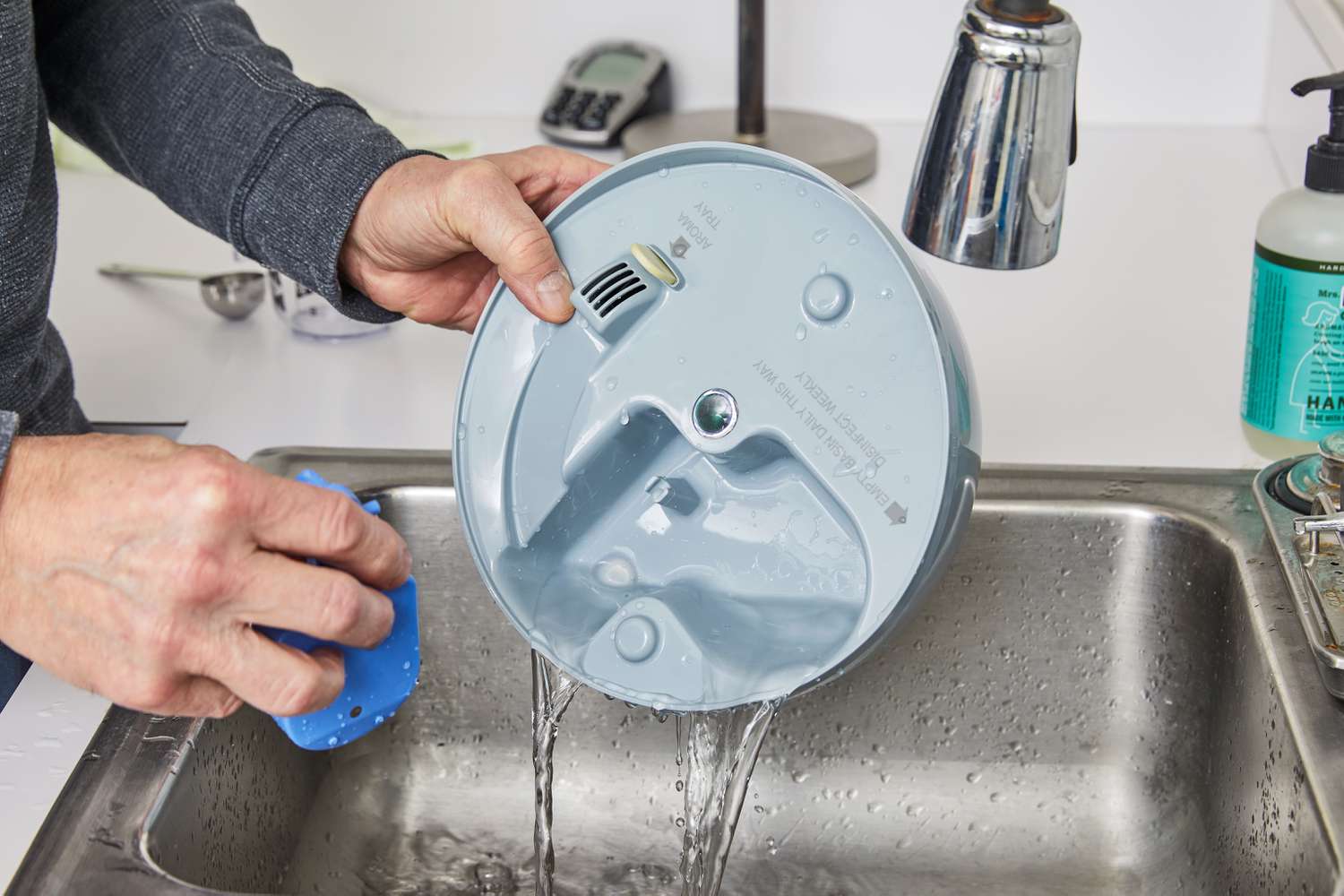
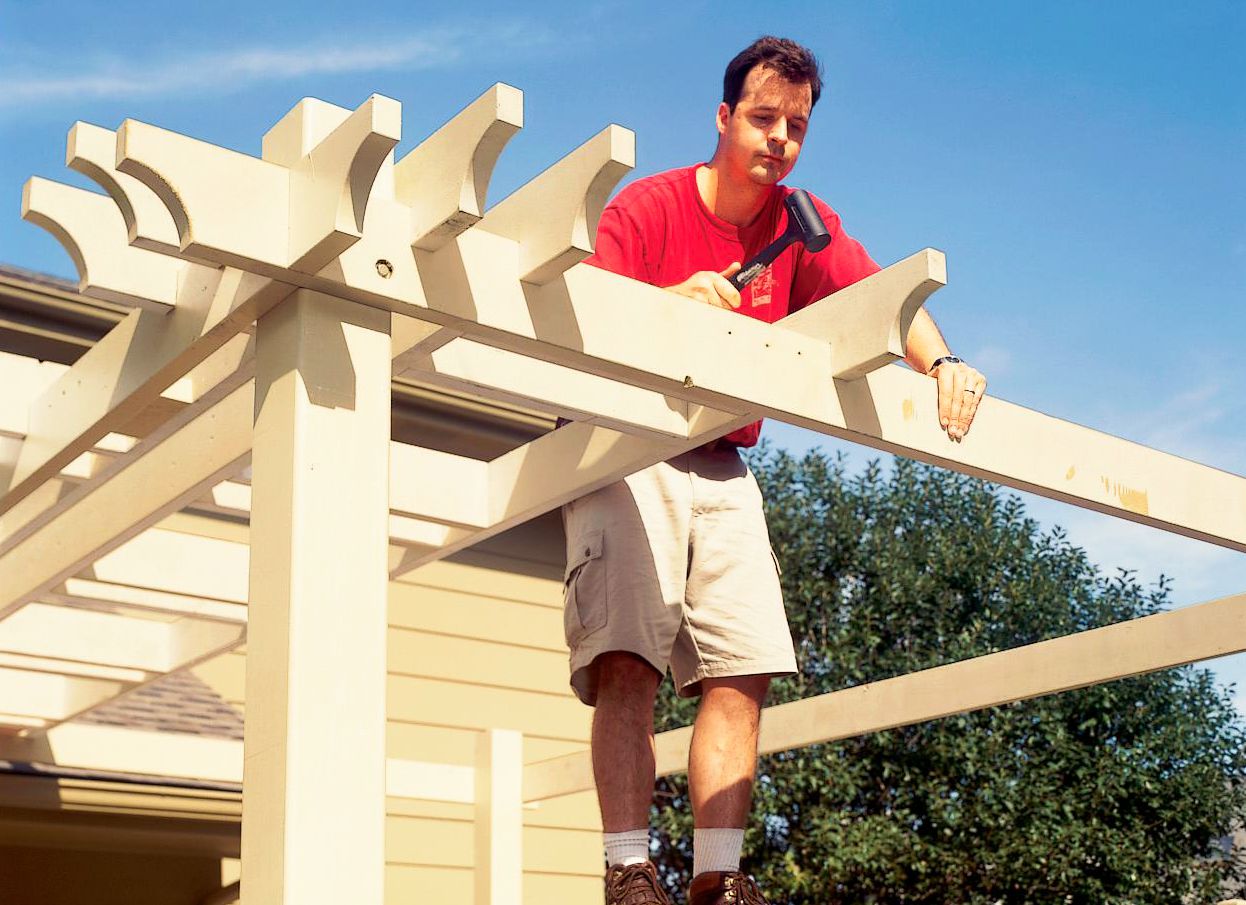
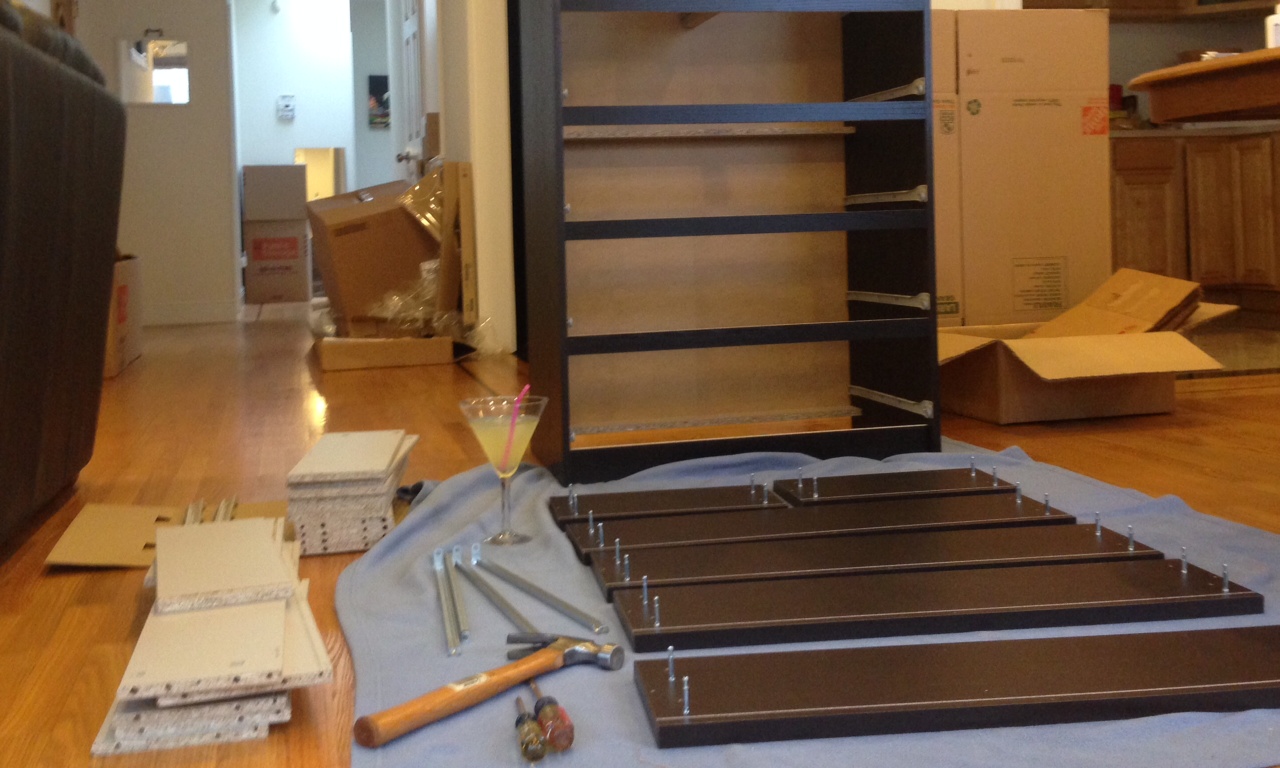
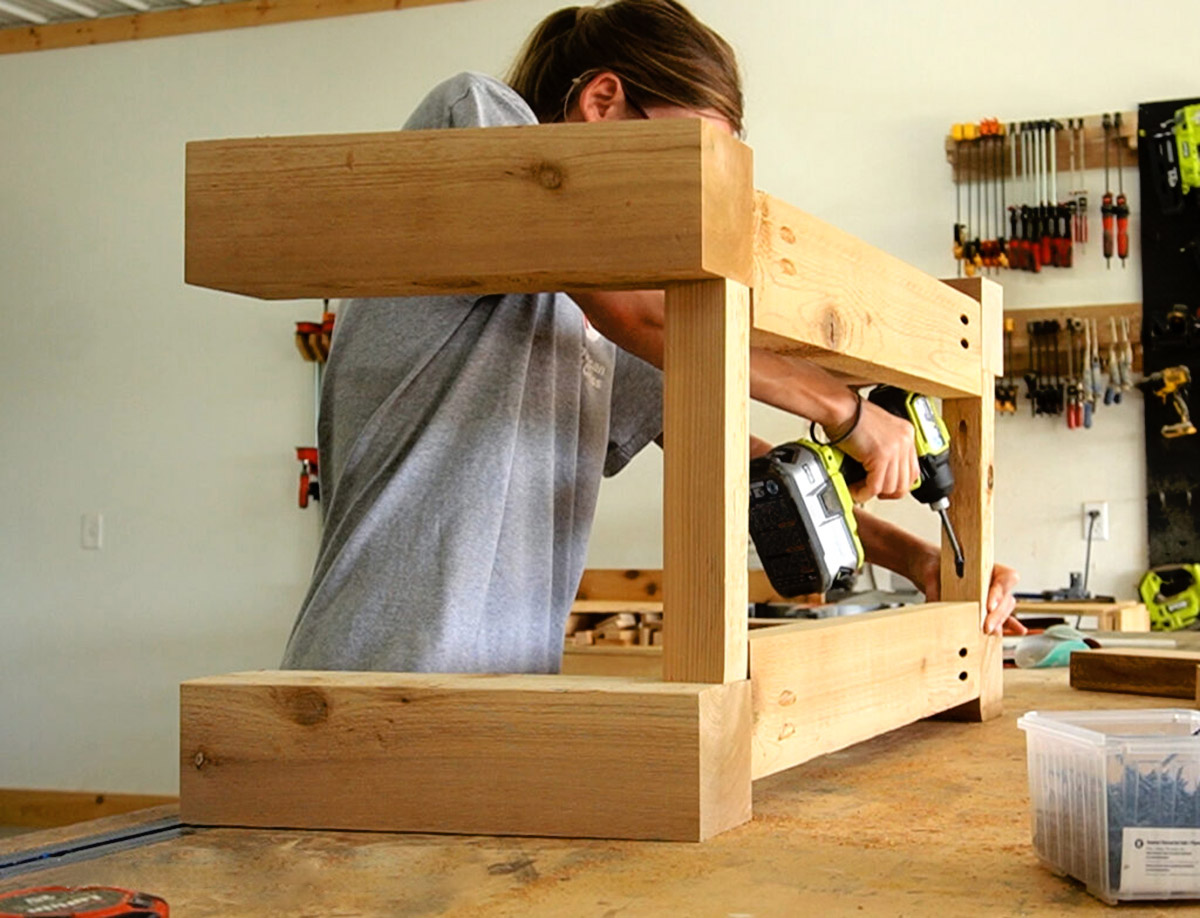


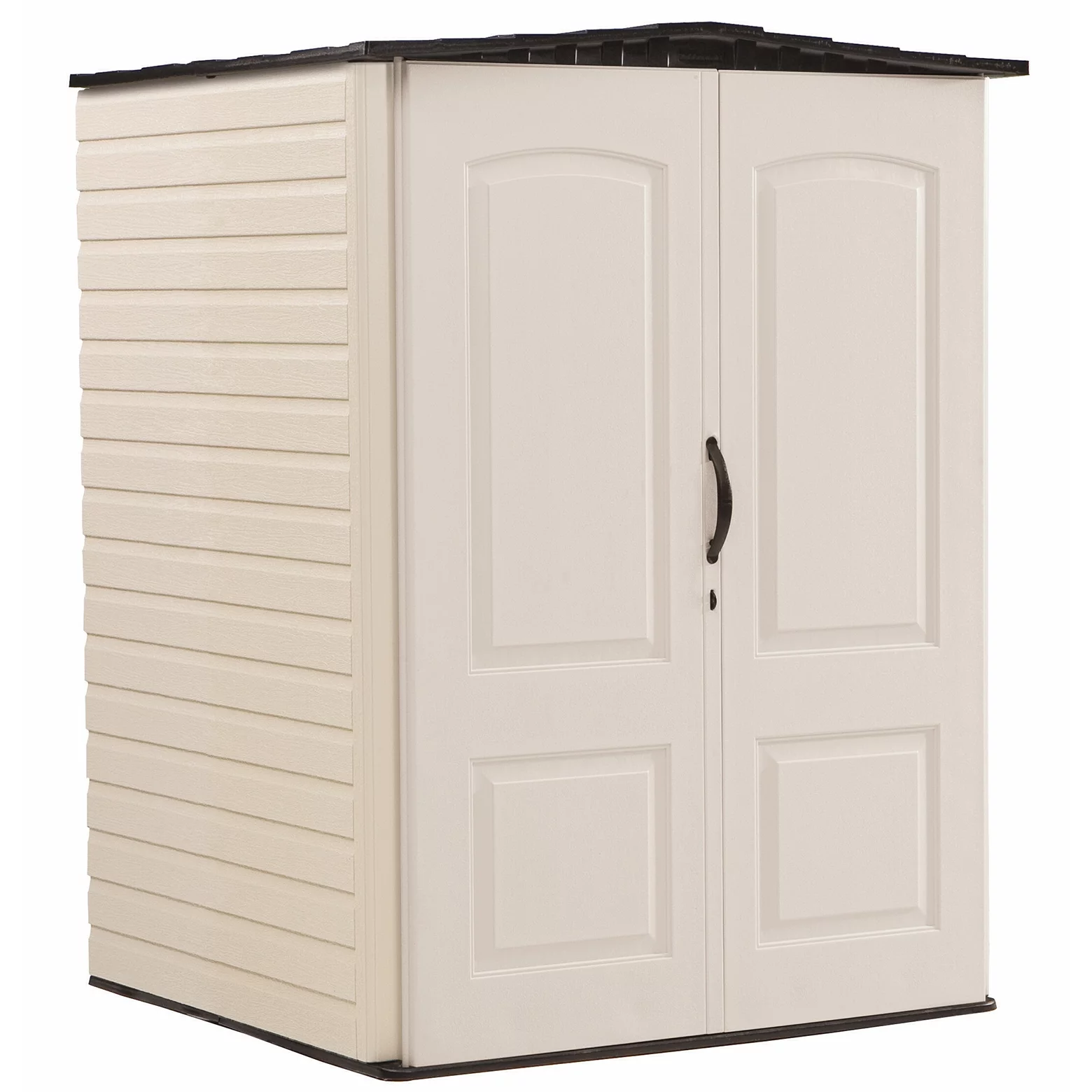





0 thoughts on “How Are Construction Cranes Assembled”